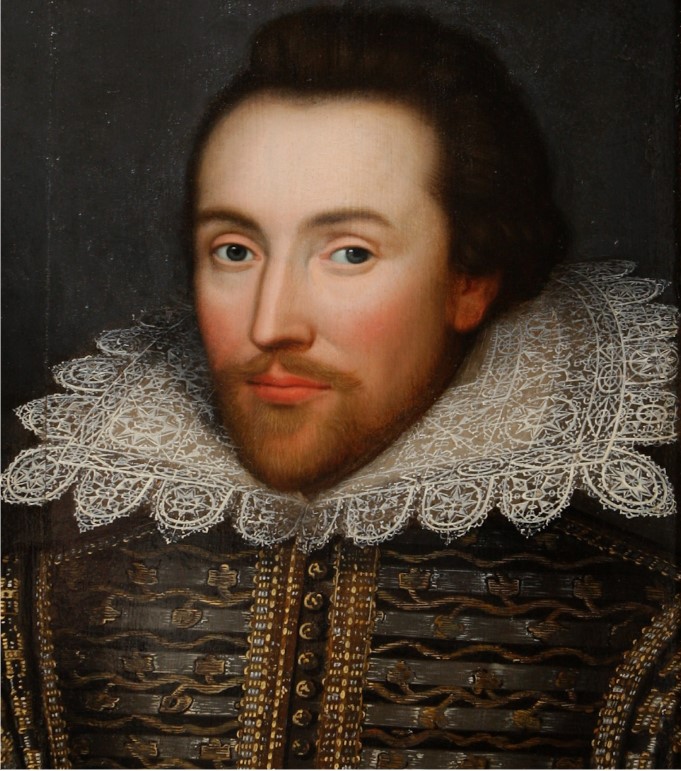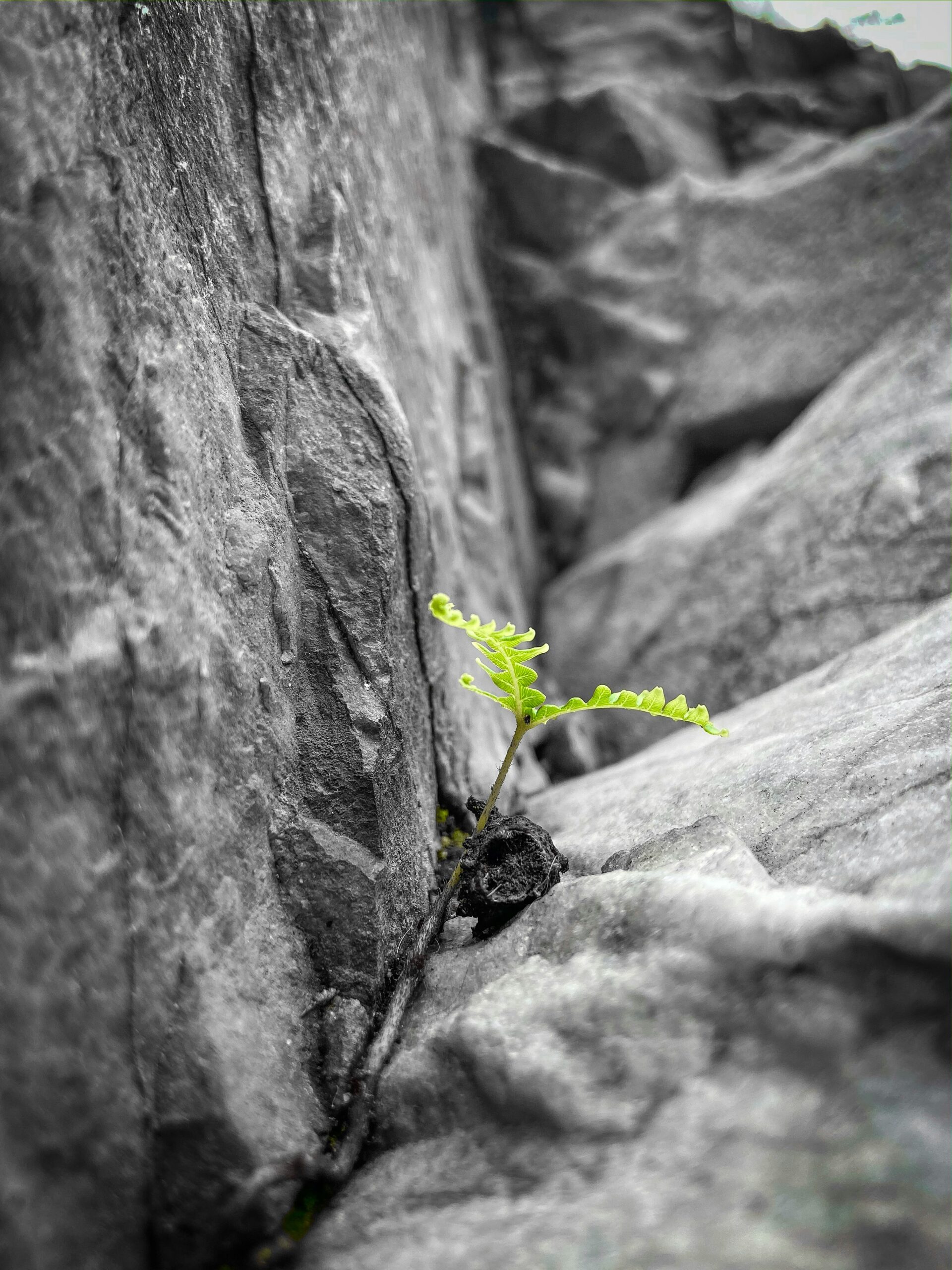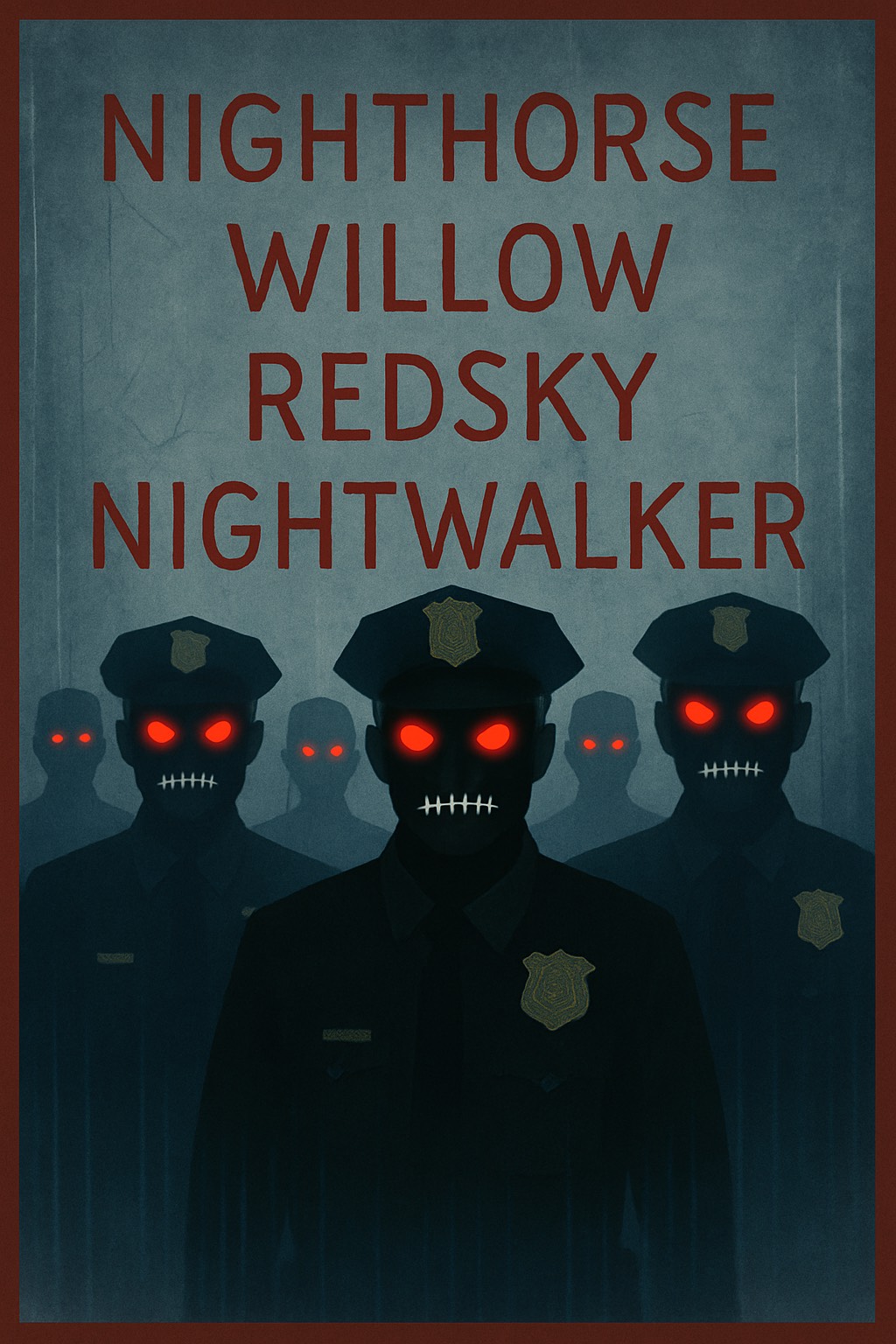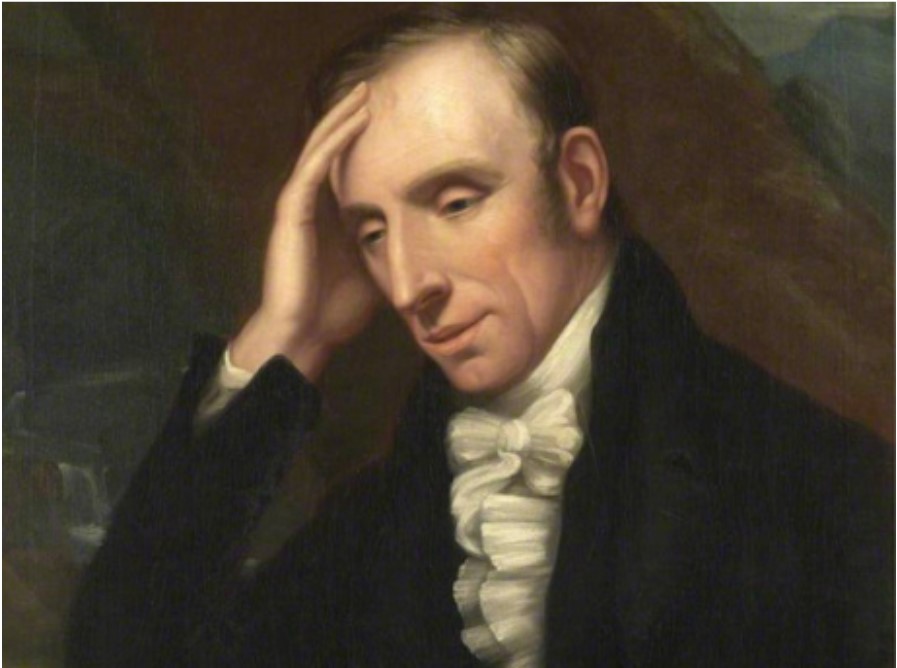Poetry
“It’s the Dream” by Olav Håkonson Hauge
OLAV HÅKONSON HAUGE
(18 August 1908 – 23 May 1994)
| DET ER DEN DRAUMEN OLAV HÅKONSON HAUGE Det er den draumen me ber på at noko vedunderleg skal skje, at det må skje – at tidi skal opna seg, at hjarta skal opna seg, at dører skal opna seg, at berget skal opna seg, at kjeldor skal springa – at draumen skal opna seg, at me ei morgonstund skal glida inn på ein våg me ikkje har visst um. | It’s the Dream Olav Håkonson Hauge Translated by Robin Fulton It’s the dream we carry in secret that something miraculous will happen, that it must happen – that time will open that the heart will open that doors will open that the mountains will open that springs will gush – that the dream will open, that one morning we will glide into some little harbor we didn’t know was there. |
Olav Håkonson Hauge (18 August 1908 – 23 May 1994) was a Norwegian poet and fruit farmer who gradually emerged as one of the most significant Norwegian poets of the 20th century. He was born in Ulvik and spent his entire life there, working as a gardener in his own apple orchard. Translated into more than twenty languages, Hauge was also an important translator of poetry from English, German, and French.
Hauge’s works have been translated into English by the Scottish poet Robin Fulton in “Olav Hauge: Selected Poems,” published in 1990, and by the American poet Robert Bly in “Trusting Your Life to Water and Eternity: Twenty Poems of Olav H. Hauge,” released in 1987. In 2001, the American author Robert Hedin translated Hauge’s works in the collection “The Bullfinch Rising from the Cherry Tree: Poems of Olav H. Hauge” and in “Leaf-huts and Snow-houses” in 2004. Robert Bly and Robert Hedin collaborated to translate Hauge in 2008 for “The Dream We Carry: Selected and Last Poems of Olav H. Hauge.”
New Tablecloth
Olav Håkonson Hauge
Translated by Robert Bly
A new tablecloth, yellow
And fresh white paper
Words will have to arrive,
Because the cloth is so fine
and the paper so delicate
When ice forms on the *fjord, we know
Birds do come and land on it
*fjord: a long narrow inlet of the sea between steep cliffs; common in Norway
He lived in the old pre-commercial gift-giving society and visitors say the richness in his house lay in the handmade spoons and bowls, the wooden reading chair, and book cases to which the best poetry from many continents had found its way. Olav was an avid reader and he modestly confesses in an interview that half his life was spent in the world of literature. Thus, working as a gardener and fruit farmer in Ulvik where he grew up, he lived a grand life in the books that he collected and the poems that he wrote. Olav Hauge’s poems are written in his native western Norwegian dialect, conveying by their very word forms both an earthiness and a down-to-earth acceptance of the cycle of life which Standard English cannot transmit in the same way. Yet the translation by Robert Fulton, with its simple, concrete vocabulary, repetition, and straightforward syntax, is as close one can hope to get to the deceptive simplicity of the original.
Norway has produced three great poets in the last century and they are Rolf Jacobsen, Olav H Hauge and Tarjei Vesaas. Their contributions were significant in bringing Scandinavian poetry to the forefront of modern world literature.
You Are The Wind
Olav Håkonson Hauge
Translated by: Robert Bly
I am a boat
without wind.
You were the wind.
Was that the direction I wanted to go
Who cares about directions
with a wind like that.
Sorrow and suffering are essential elements in Hauge’s poetry, present at all times—weighing down as well as lifting up, combining hopelessness with anticipated redemption. Negative experiences are significantly represented in Hauge’s poetry, yet they do not serve as the final destination for the poetic self. The sorrow is heavy, and sometimes even paralyzing, but the author introduces movement to the poems where these depressing emotions appear. Despite the sorrows, many of his poems radiate with a bright, positive outlook on life and the future.
At the age of sixty-five, Olav married the Norwegian tapestry designer Bodil Cappelen, whom he met at one of his rare poetry readings. He passed away at the age of 86 in 1994 in the old way; no real evidence of disease was present. He simply did not eat for ten days, and so he peacefully passed away. A horse-drawn wagon carried his body back up the mountain after the service. Everyone noticed a small colt that ran happily alongside its mother and the coffin all the way.
The Olav H. Hauge Center (Olav H. Hauge – Senteret) is situated on Brakanes near Ulvikafjorden. The center comprises an exhibition, a poetry library, a poetry workshop, and a museum highlighting the poet’s life and work. Nynorsk kultursentrum manages both the Olav H. Hauge Centre and the Ivar Aasen-instituttet in Ørsta.
I was introduced to this Norwegian poet by *Dans les arbres, a four-member music group. Attending their improvisation workshop held at the University Guelph, organized by *Ajay Heble provided me with a truly unique musical experience. All the participants, along with the performers, gathered at the front, forming an ensemble using instruments they brought or their voices. One participant, a woman, used a twig with leaves and a pine cone to express her inner sound. Seated on the floor, she shook the branches and blew on the pine cone near her mouth, creating sounds in her own distinctive way. We collectively focused on the sounds in the room, resulting in the creation of a harmonious chord that brought me a sense of peace and inner joy.
*Dans les arbres is an improvisational ensemble comprising French clarinetist Xavier Charles and three Norwegian musicians: pianist Christian Wallumrød, guitarist Ivar Grydeland, and drummer Ingar Zach.
The group’s distinctive members create unusual combinations of airy, wooden, metallic sounds, prepared strings, and manipulated drum heads. Their sound world and fine sense of communication lead to collective playing and spontaneous group composition, described as “in a class of its own.” Their music progresses gently but steadily on expansive sound surfaces. The dynamic textural scenarios evolve as Dans les arbres utilizes its wealth of unorthodox advanced techniques.

*Dr. Ajay Heble (BA ’84 Innis college in UoT, PhD ’90) is the
founding director of the International Institute for Critical Studies
in Improvisation (IICSI), and an English professor at the
University of Guelph. He is an internationally renowned scholar, a
visionary arts leader and an innovative community builder. He has
made fundamental contributions to our understanding of musical
and other forms of improvisation as vital models for social
change. He is also Artistic Director Emeritus and Founding
Artistic Director (1994-2016) of the award-winning Guelph Jazz
Festival and Colloquium (www.guelphjazzfestival.com), and a
founding co-editor of the peer-reviewed journal Critical Studies in
Improvisation. He is the author or editor of several books including Landing on the Wrong Note: Jazz, Dissonance, and Critical Practice (Routledge), The Tumble of Reason: Alice Munro’ s Discourse of Absence (University of Toronto Press), The Other Side of Nowhere: Jazz, Improvisation, and Communities in Dialogue, co-edited with Daniel Fischlin (Wesleyan University Press), Rebel Musics: Human Rights, Resistant Sounds, and the Politics of Music-Making, co-edited with Daniel Fischlin (Black Rose Books), and New Contexts of Canadian Criticism, co-edited with Donna Palmateer Pennee and J.R. (Tim) Struthers (Broadview Press). He was recently awarded one of Canada’s most distinguished awards…the Killam Prize, for his work in improvisation.
written by HeeSun
HeeSun is a poet and storybook writer who belongs to the University in the Community. She brings hope to people and brightens the world with beautiful poems, songs, and stories. She is a member of the Pen International.





